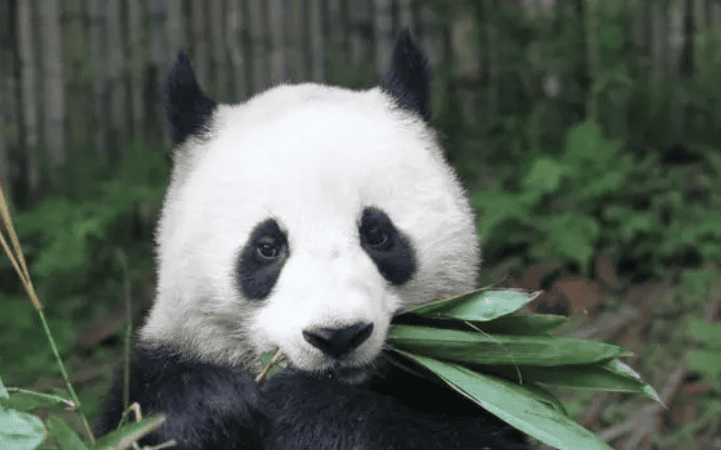The giant panda, also known as the panda, is one of the cutest animals on earth and a national treasure of China. Their black and white fur, round bodies and iconic "dark circles" make them stars in the animal world.

Giant pandas mainly live in Sichuan, Gansu and Shaanxi in China There are abundant bamboo resources in the province's alpine bamboo forests, which are the main food source for giant pandas. Giant pandas are typical herbivorous animals that live almost entirely on bamboo and need to eat about 30 kilograms of bamboo every day. Although giant pandas look meaty, they don't eat much meat, accounting for only 1% of their diet.
Giant pandas are famous for their unique habits. They spend most of their time eating and resting, sleeping more than 12 hours a day. Moreover, they are slow-moving, mild-tempered, and rarely engage in aggressive behavior. However, this does not mean that giant pandas are weak. In fact, giant pandas are extremely strong animals, capable of climbing trees and walking on steep mountainous terrain with ease.
In addition to its cute appearance and unique living habits, giant pandas have also attracted much attention due to their rarity and conservation value. Currently, there are less than 2,000 giant pandas in the world, so they are listed as a first-level protected animal in China and have also been selected as one of the symbolic animals by the World Wildlife Fund. The Chinese government has also taken a number of measures to protect giant pandas, including the establishment of nature reserves, promotion and education activities, etc.

In short, the giant panda is a precious animal resource. It is not only the pride of the Chinese people, but also an important part of global ecological diversity. Protecting giant pandas is not only to maintain biological diversity, but also to maintain the ecological environment for human survival and the sustainable development of the earth. We should work together to contribute to the conservation of giant pandas and all endangered species.

 扫一扫微信交流
扫一扫微信交流
发布评论